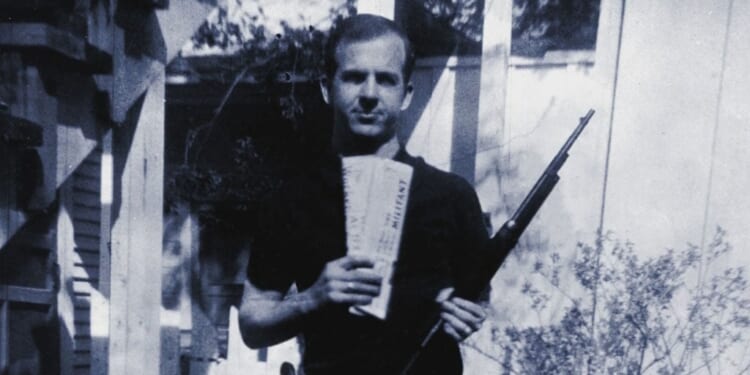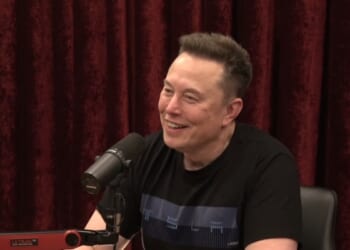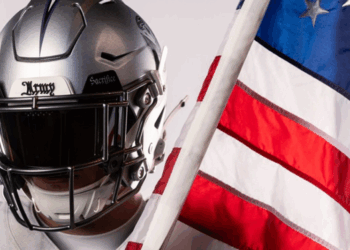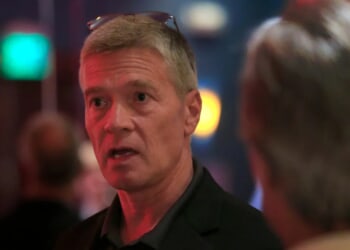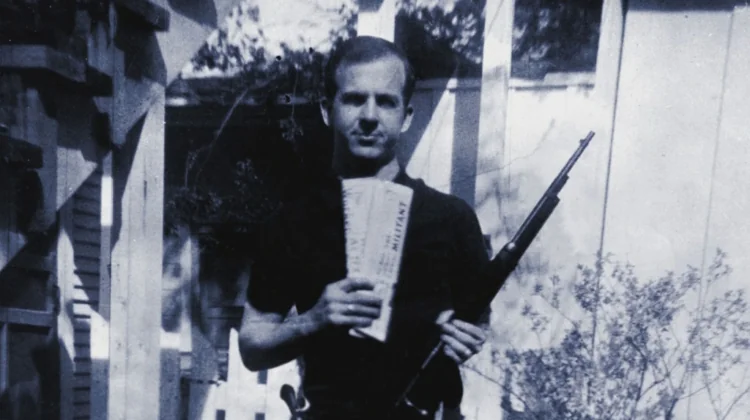
Order Michael Finch’s new book, A Time to Stand: HERE. Prof. Jason Hill calls it “an aesthetic and political tour de force.”
After President Trump ordered release of documents on the assassination of President John F. Kennedy, Oliver Stone told the House Committee on Oversight and Accountability to “reopen what the Warren Commission failed miserably to complete,” and investigate the “fingerprints of intelligence all over Lee Harvey Oswald,” especially for “the CIA, whose muddy footprints are all over this case.” The 62nd anniversary invites a look at a writer quite familiar with the CIA, Lee Harvey Oswald, the Warren Commission, and Oliver Stone’s JFK.
Stone’s 1991 movie was based on the case brought by New Orleans District Attorney Jim Garrison in 1967. The New Yorker’s pick for the story was Edward Jay Epstein, uniquely qualified for the task. At Cornell he was commissioned to write a thesis on how the Warren Commission was handling the Kennedy assassination. This project became Inquest: The Warren Commission and the Establishment of Truth.
As the author learned, the commissioners were mere figureheads who left the investigative work to government lawyers. The Commission’s report concluded that Lee Harvey Oswald acted alone, without foreign influence. Epstein questioned that judgment, and so did Garrison.
His targets included Davie Ferrie, a former airline pilot, and New Orleans businessman Clay Shaw.
According to Garrison, the phone books of Shaw and Oswald both contained the identical entry “PO Box 19106,” which Epstein found untrue. Garrison arbitrarily rearranged the digits and added WH so it read WH—5601, the telephone number of Oswald’s killer, Jack Ruby. Tom Bethell, a British scholar on Garrison’s staff, told Epstein the decoded number was “pure nonsense.”
PO Box 19106 had been assigned to Lee Odom, the name in Shaw’s book, and the number did not exist before being assigned to Odom in 1965, so it could not apply to Oswald. Garrison, who stood six-foot-six, also claimed that someone named Clay Bertrand was an alias for Clay Shaw. Epstein asked Dean Andrews, who had testified to the Warren Commission, if Shaw was Clay Bertrand.
“Absolutely not,” Andrews said. “Shaw is just an unfortunate who was grabbed out of the sky by the jolly green giant, and his wizards and practitioners of voodoo labeled him Clay Bertrand, and bang, he’s been tagged it ever since.” So Stone’s JFK had nothing to do with reality. See “The Jolly Green Giant” chapter in Assume Nothing: Encounters with Assassins, Spies, Presidents and Would-be Masters of the Universe, published in 2023.
The New Yorker piece appeared in 1968, the year Sirhan Sirhan assassinated Robert F. Kennedy, JFK’s brother and his pick for attorney general. Ten years later Epstein published Legend: The Secret World of Lee Harvey Oswald. The U.S. Marine, an ardent Communist, defected to the Soviet Union in 1959. With first-hand knowledge of the U-2 spy plane, Oswald easily qualified as a military defector and openly proclaimed his desire to pass classified information to the USSR. It is inconceivable that the KGB would ignore such a valuable asset, but that was the claim of Soviet defector Yuri Nosenko, that the Soviets would have nothing to do with this American.
One of the major doubters was CIA counterintelligence specialist James Angleton, a veteran of the Office of Strategic Services (OSS). Angleton came to believe that Nosenko had been sent to disinform the CIA, leaving the agency vulnerable to foreign intel operations. Epstein took up these themes in Deception: The Invisible War Between the CIA and KGB, from 1989. The prolific author lived until January 9, 2024, long enough to see the CIA degenerate into a partisan domestic force. That transformation is reflected in John Brennan’s Undaunted: My Fight Against America’s Enemies at Home and Abroad, from 2020, and Neutering the CIA: Why U.S. Intelligence Versus Trump Has Long-Term Consequences, by former CIA analyst John Gentry, published in 2023.
One of the documents declassified this year was Angleton’s October 5, 1978 testimony to the House Select Committee on Assassinations. As Angleton explained, Soviet defector Anatoli Golitsyn provided information about the KGB’s department of assassinations, also known as “wet affairs.” Angleton caught wind of a KGB plot to assassinate Richard Nixon, if he won the 1960 election. President Kennedy took the hit, but it was unknown if the KGB had trained Oswald during his nearly three years in the Soviet Union.
Angleton had seen the files on Oswald’s defection, and staff counsel Michael Goldsmith wanted to know if Oswald was ever the subject of a CIA project. Angleton said no, he wasn’t. The former CIA man covered similar themes in a June 6, 1975 session of the Senate Select Committee to Study Governmental Operations with Respect to Intelligence, released with deletions in 1998. “Was Oswald a Soviet agent?” Sen. Howard Baker wanted to know.
“Yes, I have a very strong opinion,” said Angleton, and the CIA had “more than one” file on the American who defected to the USSR. “I don’t think the Oswald case is dead,” added the CIA veteran. “There are too many leads that were never followed up. There’s too much information that was developed later.”
For information on the Kennedy family it’s hard to top The Kennedys: An American Drama, by Peter Collier and David Horowitz, published in 1984. Peter gained access to an oral history by LeMoyne “Lem” Billings, a schoolmate and longtime sidekick of John F. Kennedy. That became raw material for Things in Glocca Morra, a novel in Billings’ voice. As Lem says near the end:
I could see how the FBI and the Warren Commission investigators might have taken Ruby at what they saw as his face value. I understood their reluctance to give the country a reason to sink deeper into the whirlpool of behindness brought on by the assassination, a new and dangerous way of thinking that would challenge all official explanations of everything for years to come.
But I also knew in my gut that Ruby was not just a tawdry bit player in the Dallas drama. He was the Best Supporting Actor, the event’s indispensable man who had an even more crucial role than that of the lone, crazed assassin himself – creating the silence that drove Jack into a dead end, killing the possibility of definitive answers and creating a mystery that was ultimately insoluble and therefore open ever after to a category five hurricane of hallucinatory speculations, like my own, which made all the sense in the world and no sense at all.
Things in Glocca Morra was Peter Collier’s last book. He passed away in 2019, long before the assassination attempt on Donald Trump in July of 2024, with shooter Thomas Matthew Crooks gunned down on the scene. Radical Son David Horowitz departed last April, and in September an assassin took down Charlie Kirk. A full 62 years after JFK, and 57 years after RFK, political murder is on the rise.

